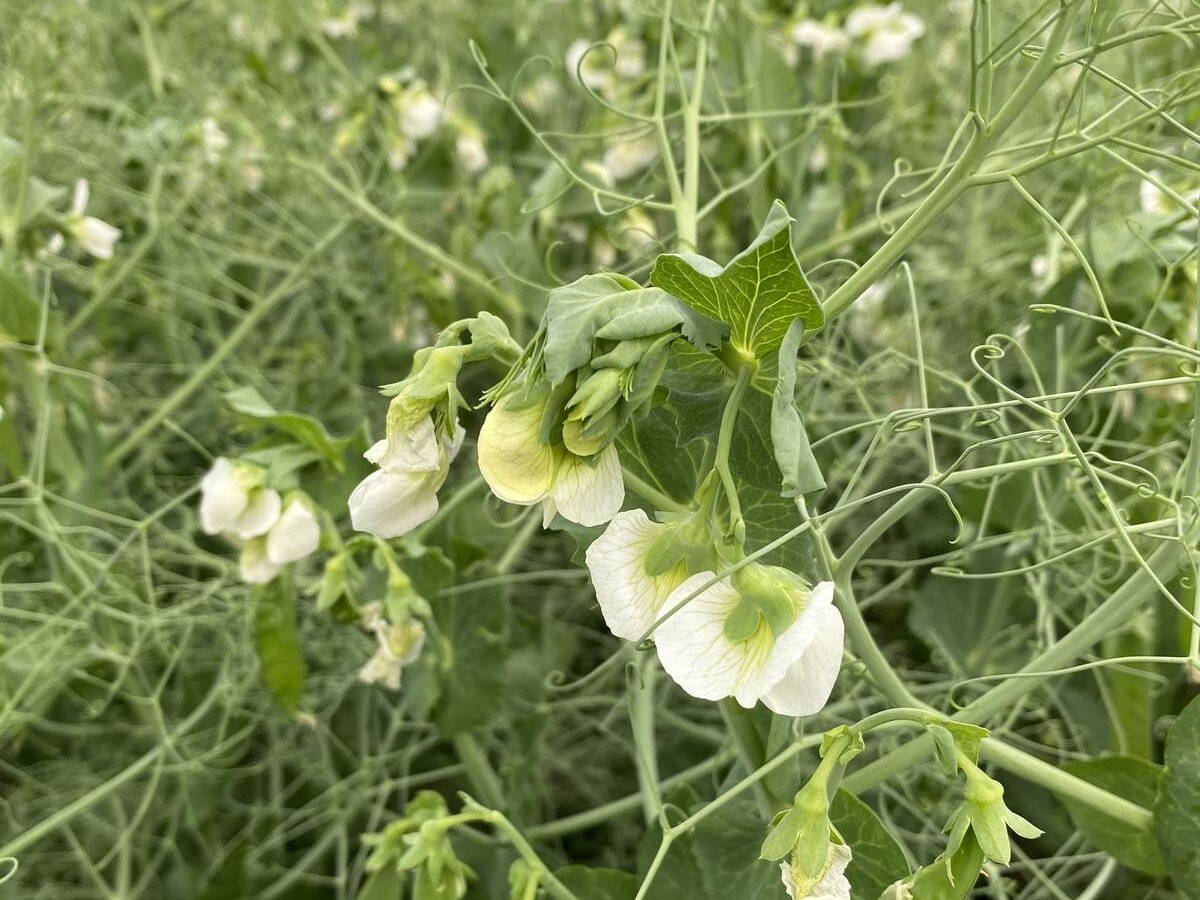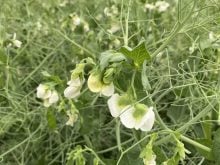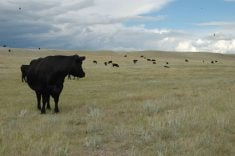Canola specialists say farmers should realize that as many as one in every six seeds of some herbicide tolerant crops have no built-in resistance.
Growers have been reporting problems with certain varieties of Roundup Ready and Clearfield canola crops this year. Plants are dying shortly after being sprayed by approved chemicals.
Part of the reason that may be happening with the Roundup Ready crop is that it’s a synthetic variety called Libred 799.
Alberta Agriculture oilseed specialist Murray Hartman said most open-pollinated varieties are 97 to 98 percent herbicide tolerant but hybrids and synthetic crops can be as low as 85 percent tolerant.
Read Also

India slaps 30 per cent import duty on yellow peas
India has imposed a 30 per cent duty on yellow pea imports with a bill of lading date on or after Nov. 1, 2025.
“Producers just don’t realize that and they’re not very happy about it when they do find out,” said Hartman.
Producing herbicide tolerant crops through the hybrid or synthetic process is cheaper than using an open-pollinated system but generally results in varieties that have less tolerance.
When farmers see 15 percent of their crop destroyed by an approved herbicide, they conclude there is a tolerance problem with the seed they bought. But that can and does happen with synthetic and hybrid varieties that are functioning normally, said Hartman.
The susceptibility issue pertains mainly to the Roundup Ready system. Liberty Link employs an effective hybridization system that produces low levels of susceptible seeds. Clearfield has no hybrid or synthetic crops on the market, although one hybrid is in the co-op trial stage of the registration process.
“When the Clearfield hybrid comes out they’ll probably have the same problems,” said Hartman.
Harley House, marketing manager for Brett-Young Seeds, the company that distributes Libred 799, agrees there is a lack of information related to the susceptibility issue.
“I think that’s probably one thing that may be a surprise to some growers. By Monsanto’s own requirement they could have 15 percent of the plants die,” said House.
Because many farmers don’t know this, House said he deals with the misunderstanding annually.
But this year there may be something else going wrong because damage on a lot of fields where problems were reported is greater than 15 percent, he said.















